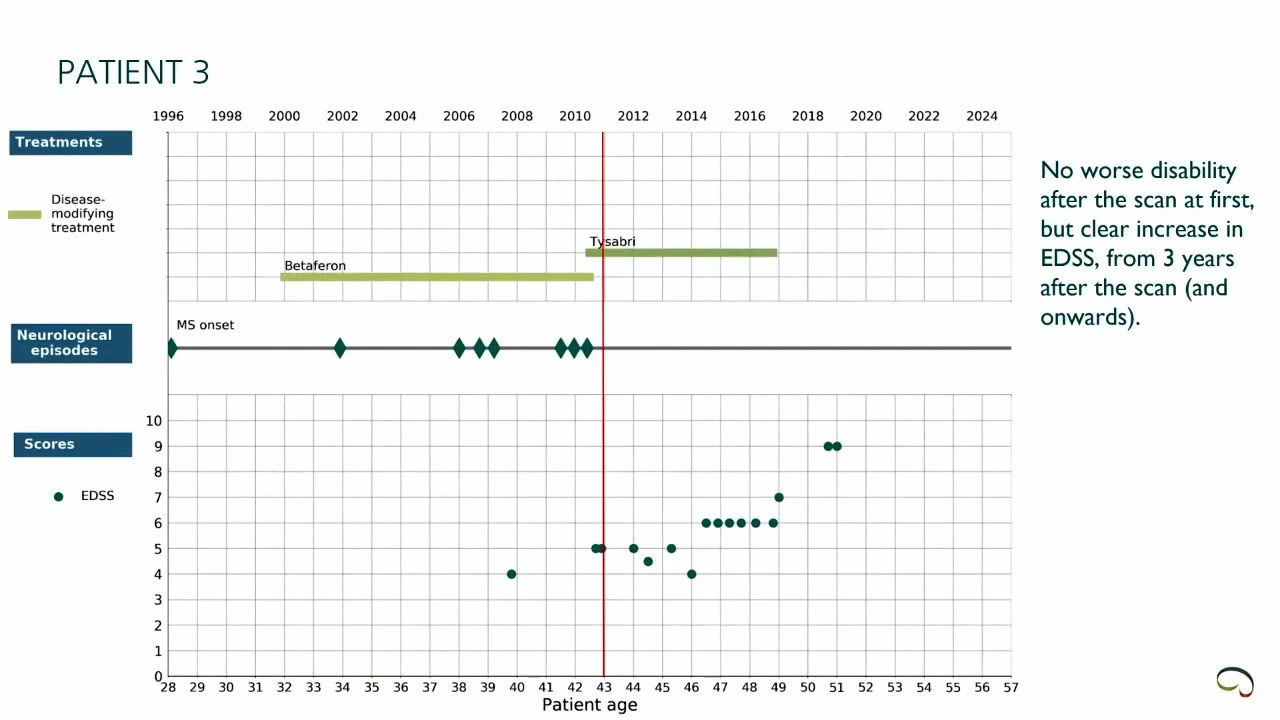top of page
We are pleased to announce that icometrix is now a GE HealthCare company. Click here to learn more.

Built on Evidence. Proven in Practice.
We don’t guess. We validate, verify, and build with clinical rigor - delivering AI you can trust.
Backed by peer-reviewed science and real-world results.
Recognized for Transparency
icometrix is one of the first companies recognized by the American College of Radiology with the Transparent AI badge, reflecting our core commitment to clinical transparency, scientific rigor, and measurable impact in daily practice. In a field where fewer than 18% of FDA-cleared algorithms are well-validated, our platform stands apart with over 270 peer-reviewed publications (see our key publications below) and deep integration into clinical workflows. This badge reaffirms what leading hospitals, research institutions, and regulators already know: icobrain is not a black box. It’s a proven tool, built on evidence, designed for care.


Case studies & webinars
Key scientific publications
bottom of page

















